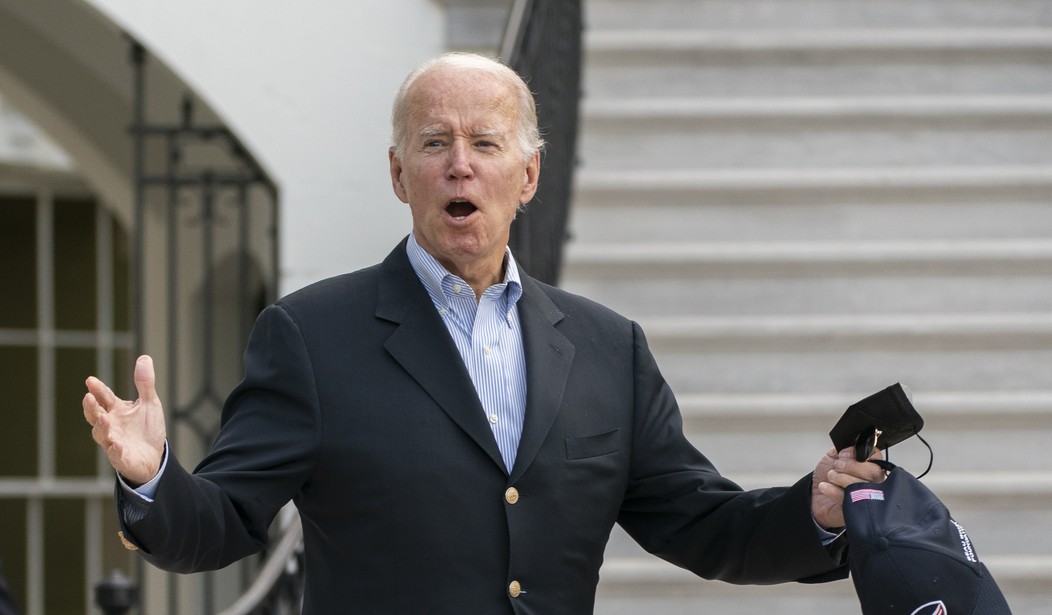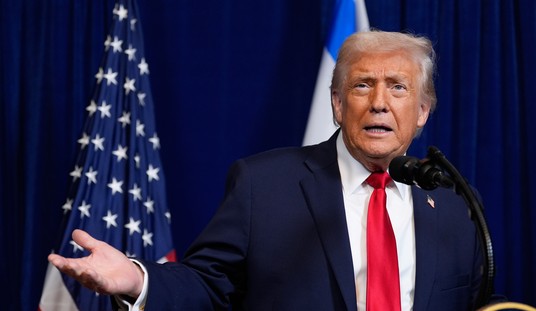On its own, today’s jobs report looks pretty good. In the context of the jobs growth of the past year — and the amount needed to recover fully from the jobs destruction of the pandemic shutdowns — the August numbers look a bit more concerning. The US economy added 315,000 jobs in August, well off the 400K/month pace of the last year and only 60% of July’s job growth.
And unemployment ticked back up by two-tenths of a percent as well:
Total nonfarm payroll employment increased by 315,000 in August, and the unemployment rate rose to 3.7 percent, the U.S. Bureau of Labor Statistics reported today. Notable job gains occurred in professional and business services, health care, and retail trade. …
In August, the unemployment rate rose by 0.2 percentage point to 3.7 percent, and the number of unemployed persons increased by 344,000 to 6.0 million. In July, these measures had returned to their levels in February 2020, prior to the coronavirus (COVID-19) pandemic.
That is still a good pace of growth in isolation, or even in relation to other economic data. After all, inflation pushes employer costs up too, which limits their ability to expand and add jobs. The fact that we’re still seeing jobs growth at this pace is pretty remarkable in this economic climate. It does tend to endorse the idea that we are not yet in a recession, although we clearly are in a stagflationary period as GDP growth keeps contracting.
So why are we continuing to see this level of jobs growth? It’s because we still have population pressures due to the fact that we have still not dynamically recovered from the pandemic, although we are getting closer. After getting scored a bit (and fairly!) on Twitter for continuing to link to UN data on US population that has changed in the meantime, I will today switch to Census Bureau estimates of population growth:
- April 1, 2020: 330.351 million
- September 1, 2022: 331.935 million.
The US population has grown by 1.584 million people since the start of the pandemic lockdowns. At an employment-population ratio of today’s 60.1% rate, we would need an additional 952,000 jobs over our February 2020 level of employment. At the moment, we have 152.744 million employed per BLS, compared to 152.504 million — putting us 240,000 jobs above the pre-pandemic level, We’re still over 700,000 jobs shy of full dynamic recovery, in other words, and that pressure may account for the continued robust job expansion.
And that also is a rather rosy projection too, since the employment-ratio measures still haven’t returned to pre-pandemic normals:
The labor force participation rate increased by 0.3 percentage point over the month to 62.4 percent but is 1.0 percentage point below its February 2020 level. The employment-population ratio was little changed at 60.1 percent in August and remains 1.1 percentage points below its February 2020 value.
But is the momentum beginning to lag? The top-line number certainly suggests that in comparison to the trend thus far, but so do the wage data. Wage increases are “moderating,” notes Washington Post econ analyst Heather Long, which itself is remarkable given the high rate of CPI inflation year on year:
Overall, a lot of very solid jobs data this week. It suggests:
1) US economy not in a recession
2) Fed will keep tightening to fight inflation
3) Layoffs aren't picking up much…yet
4) Pay increases moderating https://t.co/1fEiU742rx— Heather Long (@byHeatherLong) September 2, 2022
CNBC also noted that wage increases didn’t meet expectations:
The unemployment rate rose to 3.7%, two-tenths of a percentage point higher than expectations largely due to a rising labor force participation rate. A broader measure of unemployment that includes discouraged workers and those holding part-time jobs for economic reasons climbed to 7% from 6.7%.
Wages continued to rise, though slightly less than expectations. Average hourly earnings increased 0.3% for the month and 5.2% from a year ago, both 0.1 percentage point below estimates.
What could explain this level of job expansion with a “moderating” wage growth? It could indicate that this job growth is a final burst of filling in an overhang of empty slots as the economy worsens. For a while, employers had trouble finding workers, which sent wages shooting upward as one would expect. Wages aren’t dropping, but if the rate of increase is slowing to 5.2% annually in an environment with a CPI inflation rate of 8.5%, it probably means that the jobs market is tightening up for workers.
For those reasons, I’d guess we’re near the end of robust jobs-growth reports, even without hitting a true recovery point. So far, though, jobs growth has been a happy surprise in this hyperinflationary/stagflationary economy. Perhaps we’ll get lucky on that, but that seems unlikely at best.








Join the conversation as a VIP Member